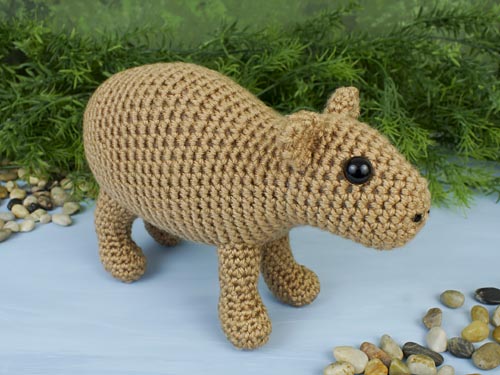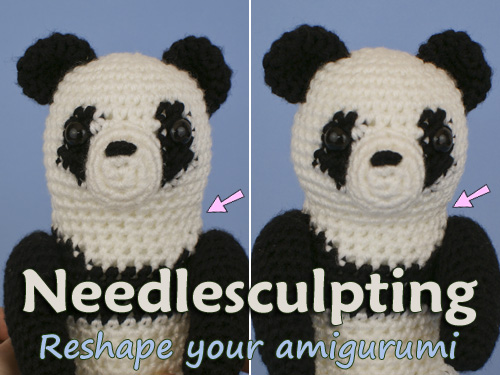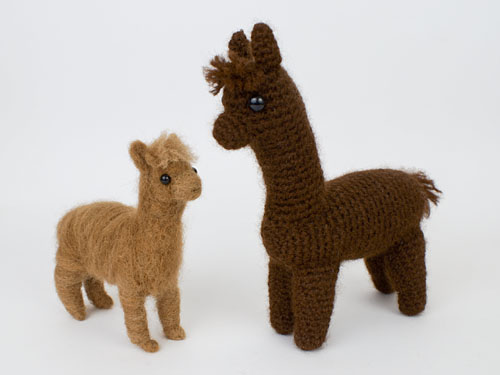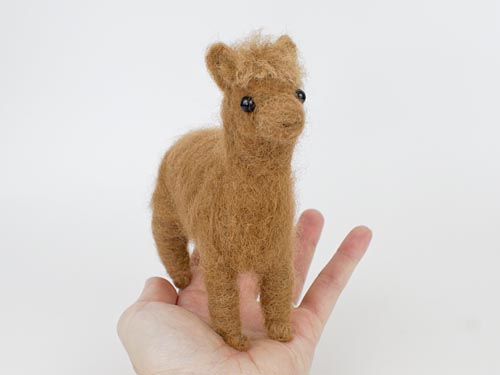
As part of the new-and-improved Commissions process, I’ve added a 2-week exclusivity period for all new commissions, so, if you didn’t pledge towards the capy, you may have been waiting (im)patiently for this announcement: the Capybara crochet pattern is finally available to purchase! I’ll definitely be giving early access to all commissioned patterns in future – […]


















